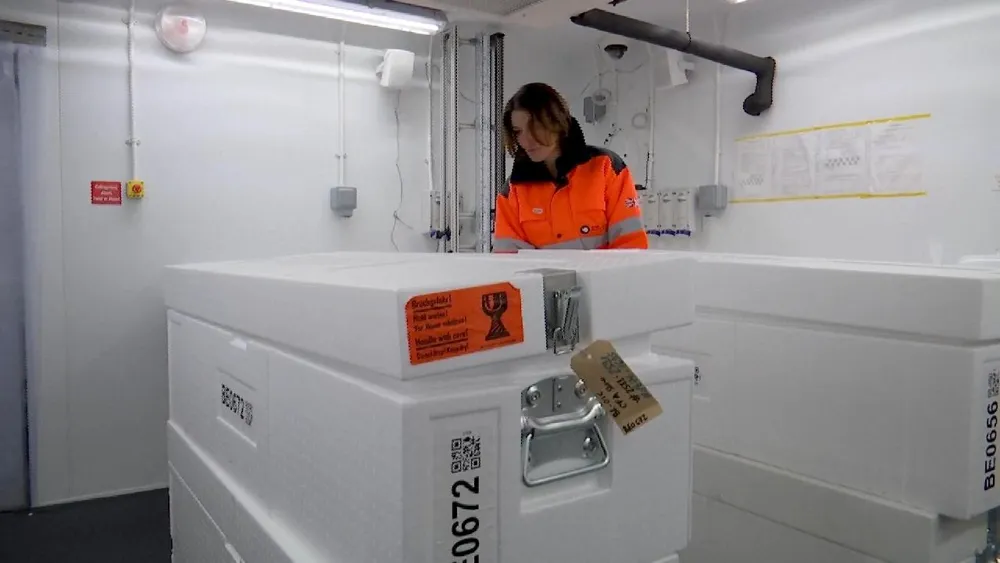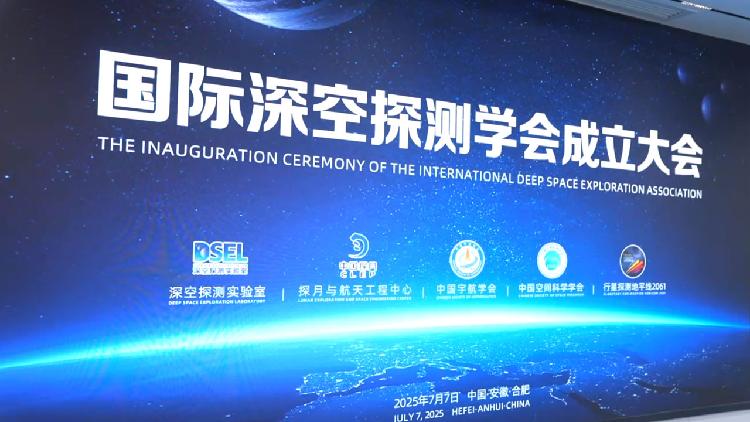British Researchers Explore Climate Secrets in Antarctic Ice

The British Antarctic Survey (BAS) is embarking on a groundbreaking collaborative project with experts from ten European countries to unravel the climate mysteries preserved in Antarctic ice. This initiative builds on over six decades of research by BAS on the secrets hidden in the ice of the planet's most remote continent.
The BAS has a history of significant discoveries, including the identification of the thinning ozone layer over Antarctica in 1985. This pivotal finding played a crucial role in spurring global action leading to the ban on ozone-depleting chemicals, showcasing the potential impacts of their ongoing research.
With their current project, researchers aim to provide essential historical perspectives to better understand contemporary climate changes. They successfully extracted ancient ice cores dating back between 1.2 million and 1.5 million years, expected to yield valuable insights into Earth's climatic history.
The ice core extraction occurred at Little Dome C in East Antarctica, a carefully selected field camp. Scientists drilled to a depth of 2,800 meters, a delicate operation that required about two and a half hours to retrieve each 4.5-meter section of ice.
Once collected, the ice samples were meticulously documented and divided into smaller pieces, each prepared for transportation to various research institutions across Europe. A total of 190 meters of ice was sent to Cambridge in the UK, where it has been sectioned into one-meter long samples and carefully preserved at a chilling temperature of -25 degrees Celsius.
The BAS ice core engineer, James Veale, noted that some of the deepest segments of the borehole contain some of the oldest ice, with particular samples retrieved from roughly 2,600 meters deep, believed to be at least 1.2 million years old. This ancient ice offers a precious glimpse into the Earth's climatic past.
Veale described the ice at such depths as resembling glass due to the immense pressure it has endured, which significantly reduces the visibility of occlusions and atmospheric bubbles within.
To analyze the ancient ice, the team will employ continuous flow analysis, allowing them to melt the ice incrementally. This method will facilitate the examination of dust, gases, isotopes, and chemical signatures, which are crucial to reconstructing past climate and environmental conditions, including patterns of wind, temperature fluctuations, and rainfall.
Among the critical questions this research seeks to address is the reason behind the abrupt shifts in Earth's natural climate cycles. Notably, during the Mid-Pleistocene Transition roughly 800,000 to 1.2 million years ago, the frequency of glacial cycles changed dramatically from every 40,000 years to every 100,000 years.
Dr. Liz Thomas, BAS' Head of Ice Core Research, highlighted the significance of understanding this transition, querying what factors could have triggered such a change and whether it holds implications for potential future climatic changes.
As the research progresses in the coming weeks, the melted samples will be subjected to detailed analysis. The findings locked in this ancient ice have the potential to inform our understanding of the climate's sensitivity to anthropogenic influences, such as increasing carbon dioxide levels, and could significantly shape environmental policy decisions in the future.
Read These Next

China Launches First Global Association for Deep-Space Exploration
China has launched the International Deep Space Exploration Association to help developing countries access deep-space technologies.

AI Progress Duality: GLM-4.5 Implications
This commentary discusses the implications of the GLM-4.5 model release, examining its potential to revolutionize AI applications and the broader impact on the job market.

AI for Public Good: UK and OpenAI's Age Verification Partnership
This article explains the significance of the OpenAI and UK government's partnership to use AI technology in enhancing public service delivery, particularly in ensuring online safety for children. It outlines the mechanisms of AI applications in age verification and the broader implications for digital governance.
